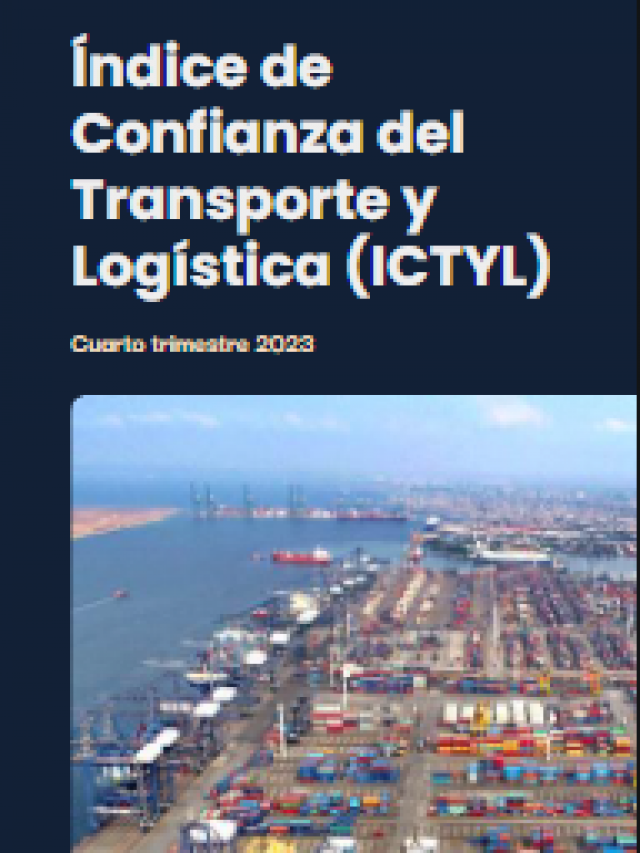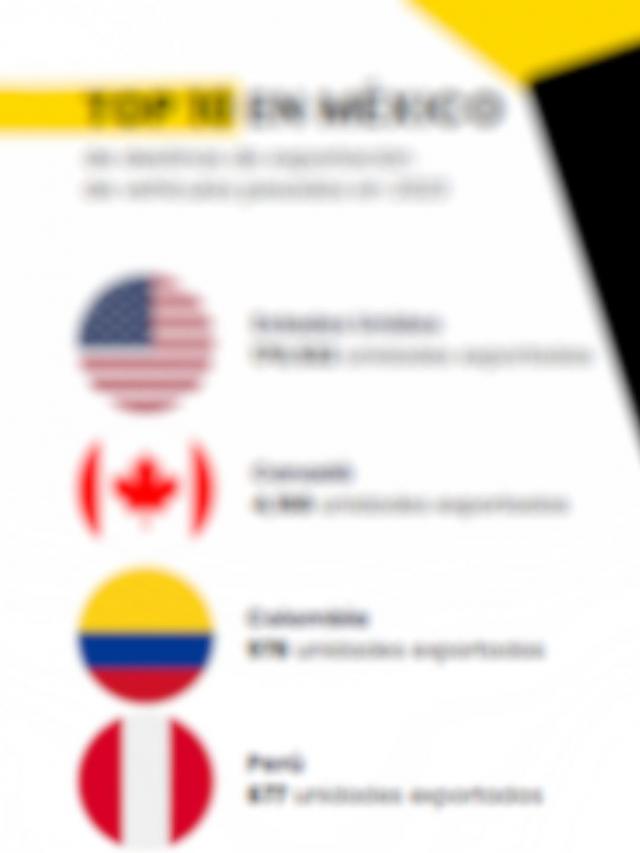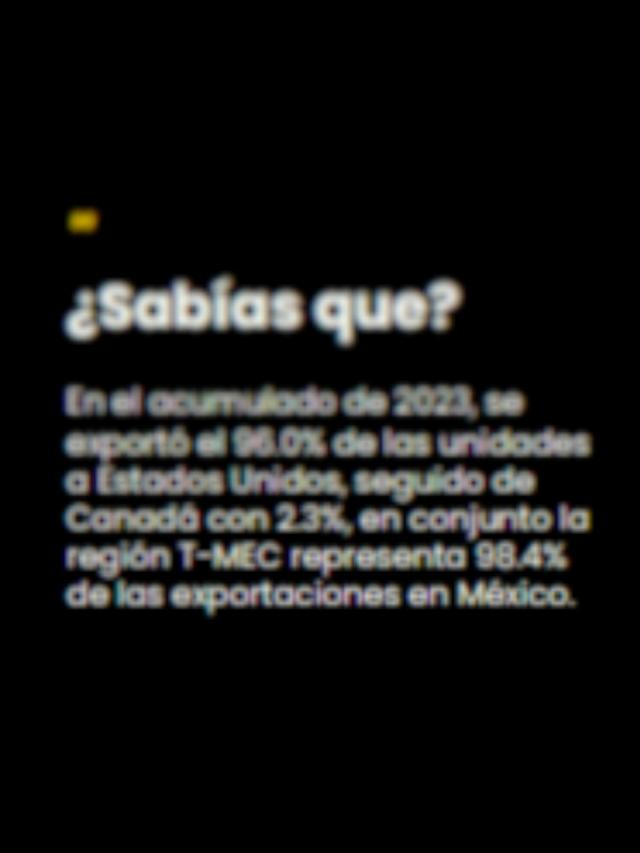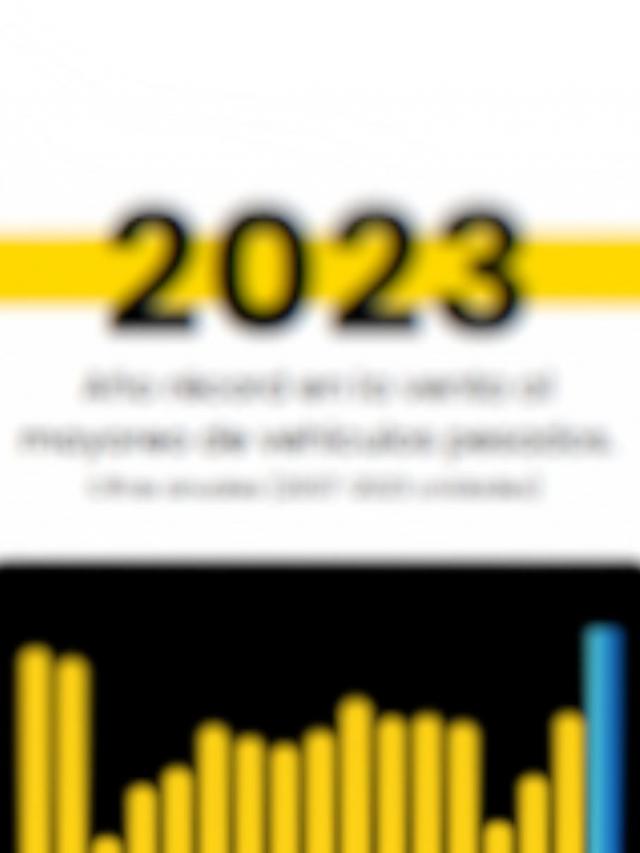
In Mexico, trade and supply chain finance (TSCF) supports only 8% of goods trade, so access to finance in the country is among the lowest among economies analyzed by the World Trade Organization (WTO) and the International Finance Corporation (IFC) .
According to the report Trade Finance in Central America and Mexico, prepared by both institutions, around a quarter of merchandise importers and exporters in the country have access to financing, despite the fact that supply chain financing has made some progress in the Mexican economy and, to a lesser extent, in Guatemala and Honduras.
The report highlighted significant potential for growth and diversification of the currently concentrated market for TSCF, as doubling coverage and aligning costs with advanced economy standards is projected to increase exports and imports by up to 7.4 % in Mexico, 8.9% in Honduras, and 7.8% in Guatemala, adding more than $90 billion in combined trade volume.
“Inadequate access to trade finance acts as a prohibitive cost of trade, holding back trade and closing economic opportunities for businesses and people, particularly in developing economies,” stressed Johanna Hill, Deputy Director-General of the WTO.
According to the analysis, Mexico’s strong export growth, approximately 5% annually in recent years, as well as its greater integration into global value chains, especially in manufacturing sectors, requires greater access to trade financing in the future.
Along these lines, he indicated that trade in intermediate and capital goods, which represented 57% of total imports in 2022, “tends to depend more on trade financing.”
Hill noted that limited access to financing is particularly relevant for micro, small, and medium-sized enterprises (SMEs), as well as women-owned companies, who “face difficulties accessing commercial financing.”
He added that in the countries and regions studied to date, only a limited share of trade is supported by trade and supply chain finance, while in advanced economies this proportion is at least 60 percent .
“In each of the regions we examined, trade finance was highly concentrated. Very few banks direct very little financing toward a small group of well-established, large operators,” he noted.
In this regard, he considered it important to double trade finance coverage, as this would help diversify its geographic footprint and increase its volume.
“More trade finance means not only greater trade integration, but also greater socioeconomic inclusion,” he added.
Looking ahead, trade transactions in developing countries should continue to be supported by trade finance programs implemented by the IFC and other multilateral development banks.
In several emerging economies, reducing the costs of maritime transport, financing, and border clearance is key to international competitiveness.
“The adoption of digital technologies is essential in this regard,” he noted.
The policy recommendations included in the report aim to strengthen supply chain markets through regulatory harmonization, digital innovation, improved risk assessments, and improved access for small and women-owned businesses.
Comment and follow us on X: @GrupoT21














